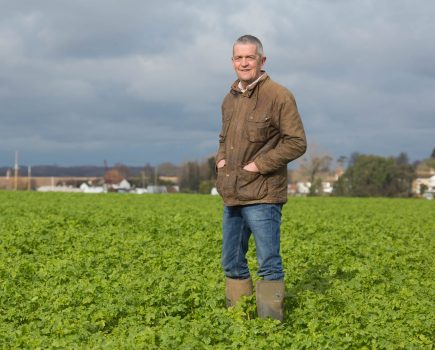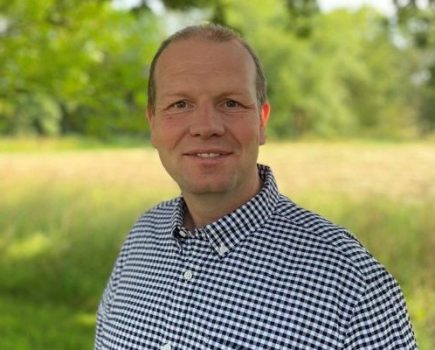 I’m probably starting to lose a few marbles, but I recently found myself fondly patting the trunk of a tree.
I’m probably starting to lose a few marbles, but I recently found myself fondly patting the trunk of a tree.
It was one of quite a few oaks that I had planted in the 1990s as 60cm whips on the perimeter of a ten acre field. I was giving it a congratulatory pat because its girth measured over a foot in circumference and that, the old boys used to tell me, was the definition of a tree.
I’ve not always believed what the old boys told me – such as, ‘it’s a well-known fact that if you disturbed a heron in a reed bed it would stab you through the heart with its rapier-like beak’ – but I’m prepared to run with the passed-on wisdom that, when it comes to determining when a sapling becomes a tree, then it’s waistline measurement that counts.
I suspect I’m not alone in taking heart-warming satisfaction from seeing a sapling planted on the farm with my own hands a few decades ago, that has now become a proper tree. A mature fixture of significance in the countryside.
It’s the sort of thing that ties you to the land. I’m not sure about the fashionable phrase that I’m ‘hefted’ to my farm – it makes me feel like some sort of serf from the dark ages – but I’ll accept there can be a strong emotional bond between the farmer and their farm. In business terms, it’s probably a bit misplaced but there’s more to life than money.
Thirty years ago tree planting was primarily about improving amenity value and natural habitat, but now you can add carbon sequestration to that list of virtue signalling to make me feel extra smug and self-congratulatory. Nowadays there are several more good reasons to be spotted patting trees as if they were old friends – not that I’m actually in the habit of patting old friends.
Along with the noble act of planting trees, I also put in a few kilometres of hedging in the 1980s and 1990s that are now maturing nicely into decent runs of hedge. Again, I’m conscious I’m not alone – I was part of a wider movement in the farming community to add to the already considerable 500,000km of hedges to be found on British farmland.
Indeed, in the last thirty years UK farmers have planted an additional 30,000km of hedging. Those callouses on our hands are no longer from grain shovels and pitch-forks but more likely to be from unravelling thousands of tree guards – and aren’t they just the most infernal things to handle?
What I find somewhat irritating here is you can still find the usual suspects in the media lambasting farmers for hedge grubbing, as if it’s currently a common activity in the countryside when actually it’s something that happened more than a generation ago.
No doubt this recently broadcast dishonest spin about hedgerow loss by some in the green lobby is all part of the current political battle that surrounds the current decisions as to how to carve up the Defra budget.
Despite this cruel denial about the amount of new hedging being planted by farmers, my enthusiasm for it isn’t diminished. Hence the 900m we’ve just put in this winter, complete with some hedgerow trees. The question for me now is, will I get to pat these saplings on their swollen trunks and congratulate them for making it into adulthood?




